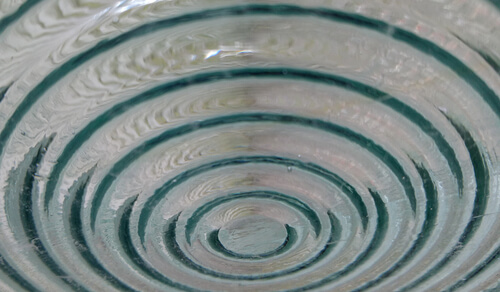As evidenced by the title, today we’re going to take a look at how to measure concentricity, what it is, and other related areas. First of all, let’s start off with a description.
How To Measure Concentricity

09
Sep




